Roadmap encourages federal investment in synthetic biology research
Roadmap encourages federal investment in synthetic biology research
This week, a group of more than 80 scientists and engineers from more than 30 universities and a dozen companies released a new, technical roadmap that lays out a path for achieving the promise of engineering biology, or synthetic biology. According to the new plan, strong government investments in the field will ultimately improve public health, food crops, the environment, the economy, and renewable energy. It will also anchor the United States’ leadership in this area of research.
“This field has the ability to be truly impactful for society, and we need to identify engineering biology as a national priority, organize around that national priority and take action based on it,” said Douglas Friedman, a leader on the roadmap project and executive director of the Engineering Biology Research Consortium (EBRC).

The technical themes of the roadmap represent a “bottom-up” approach focusing on tool and technology innovations to move the field forward. They focus on four key areas: 1) Gene Editing, Synthesis, and Assembly; 2) Biomolecule, Pathway, and Circuit Engineering; 3) Host and Consortia Engineering; and 4) Data Integration, Modeling, and Automation.
“I was impressed by the open and inclusive process that informed this project. We actively sought and incorporated the contributions, expertise and ideas of scores of researchers in the greater synthetic biology community, including postdocs and graduate student trainees who will define the future of our field,” said Chang Liu, UCI assistant professor of biomedical engineering.
“As the roadmap evolves, it will be important to question how engineering biology is utilized to address these global problems, and ways that novel technologies might create new problems or exacerbate existing social and political inequalities,” according to EBRC.The community is also considering any potential security issues that affect or are affected by engineering biology, and is developing a security framework for researchers to consider the security implications of their work.Click here to download the roadmap.



.svg)






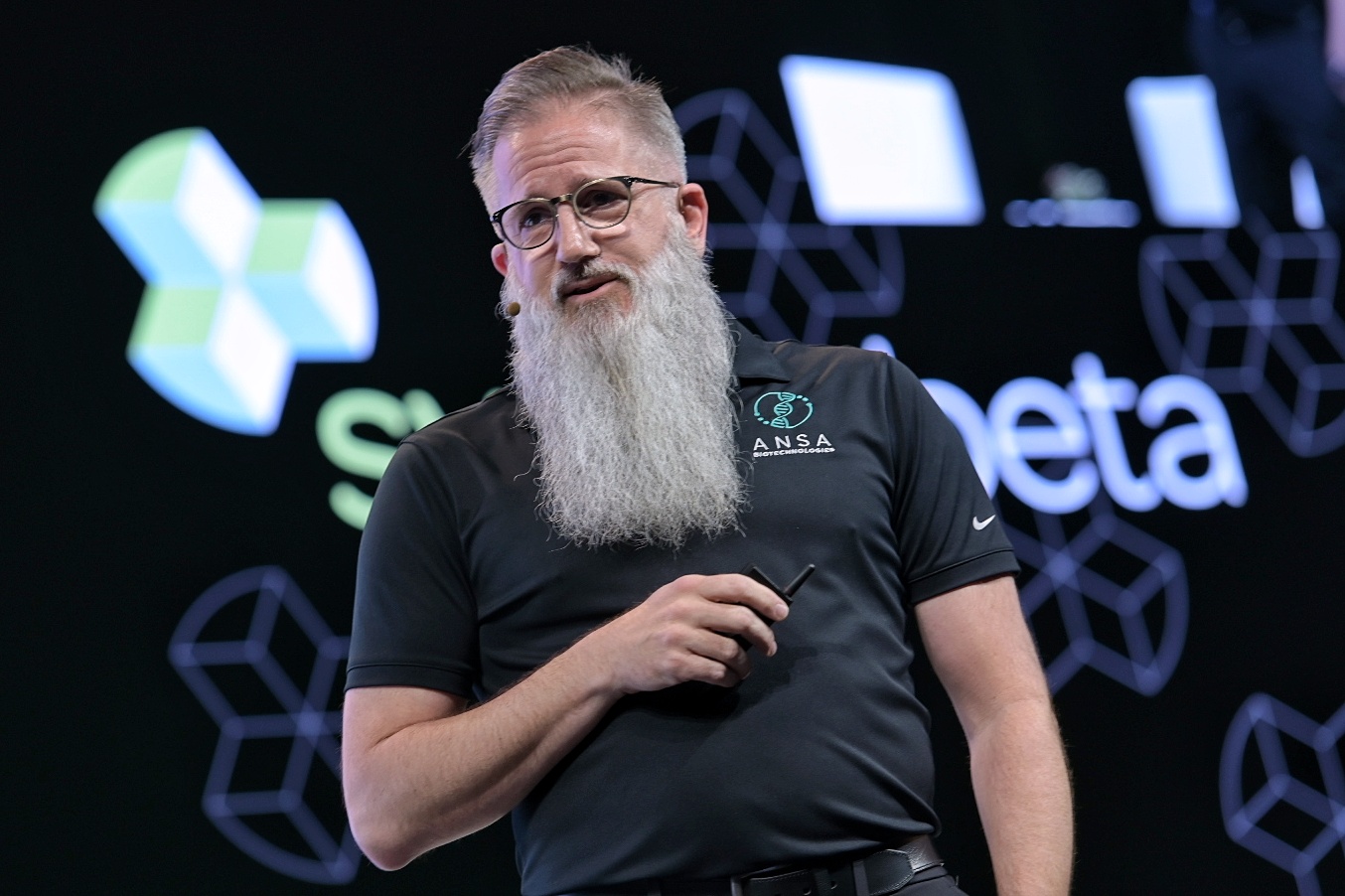
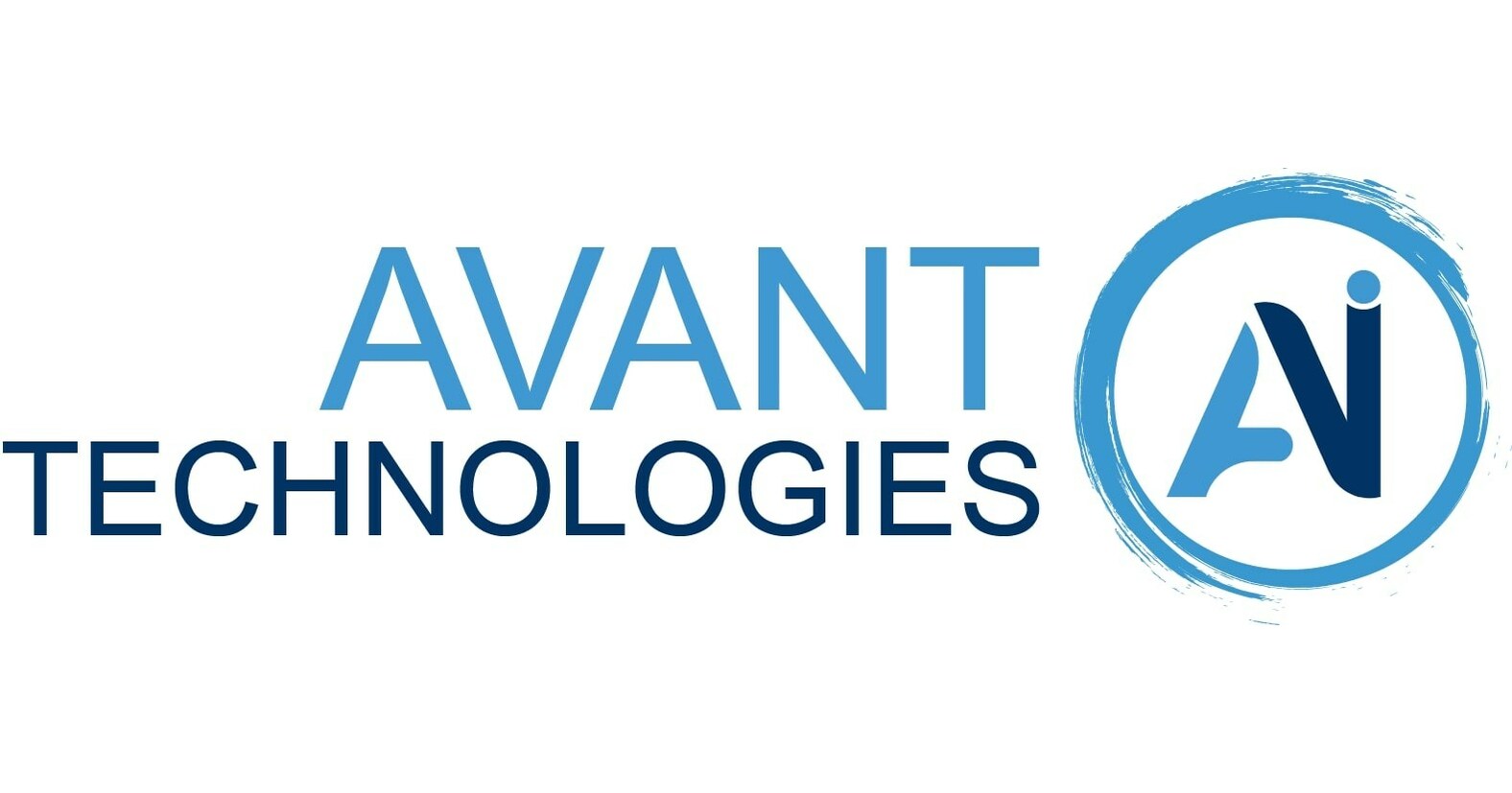
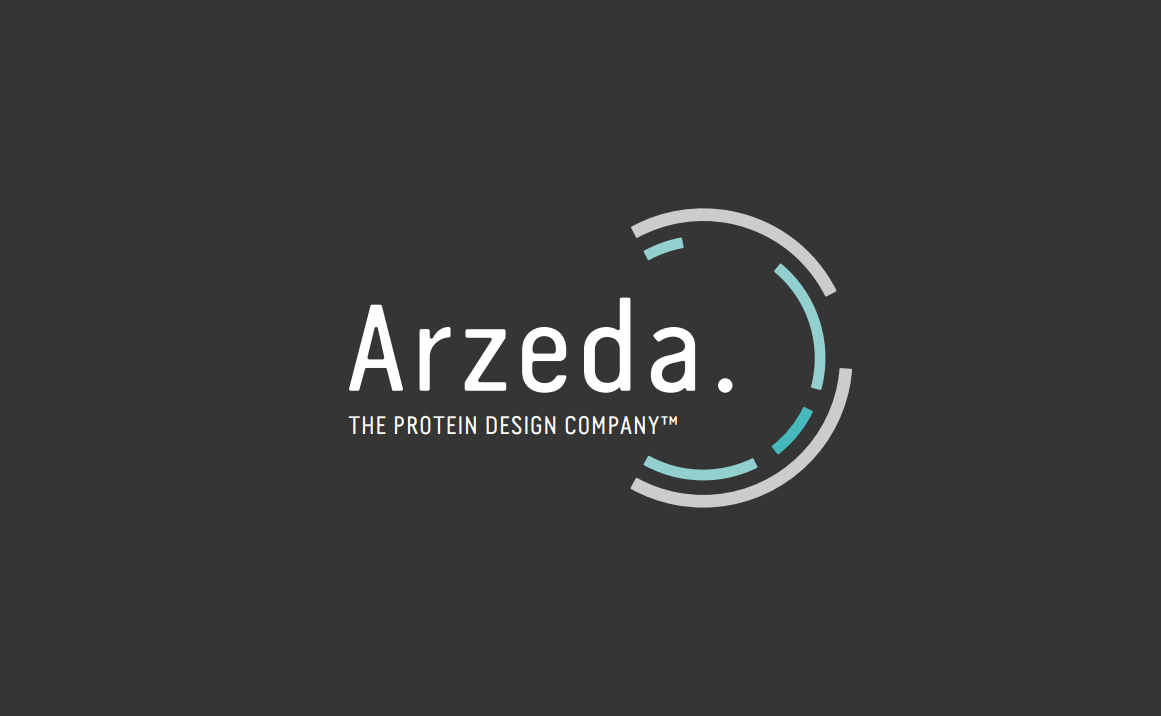
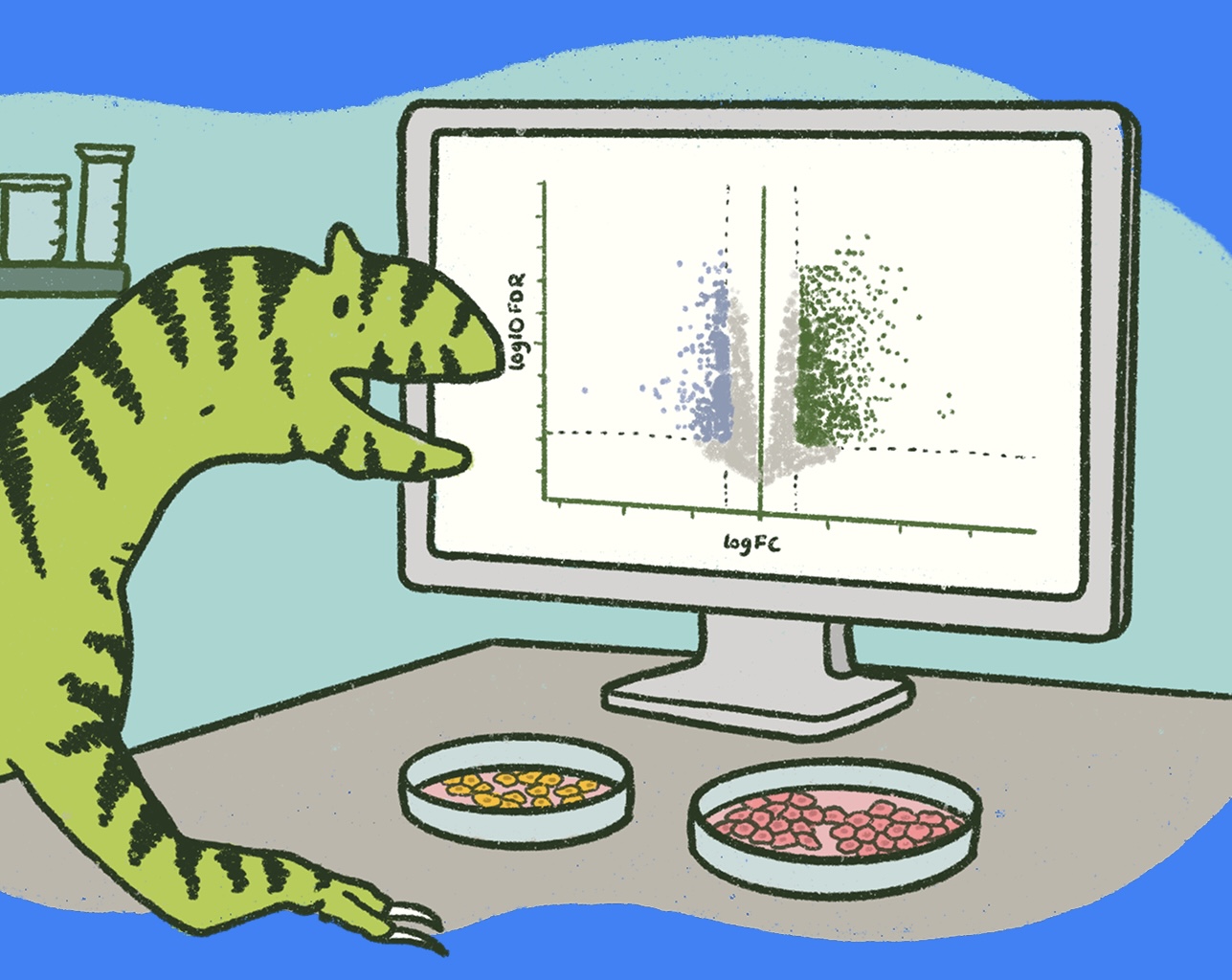
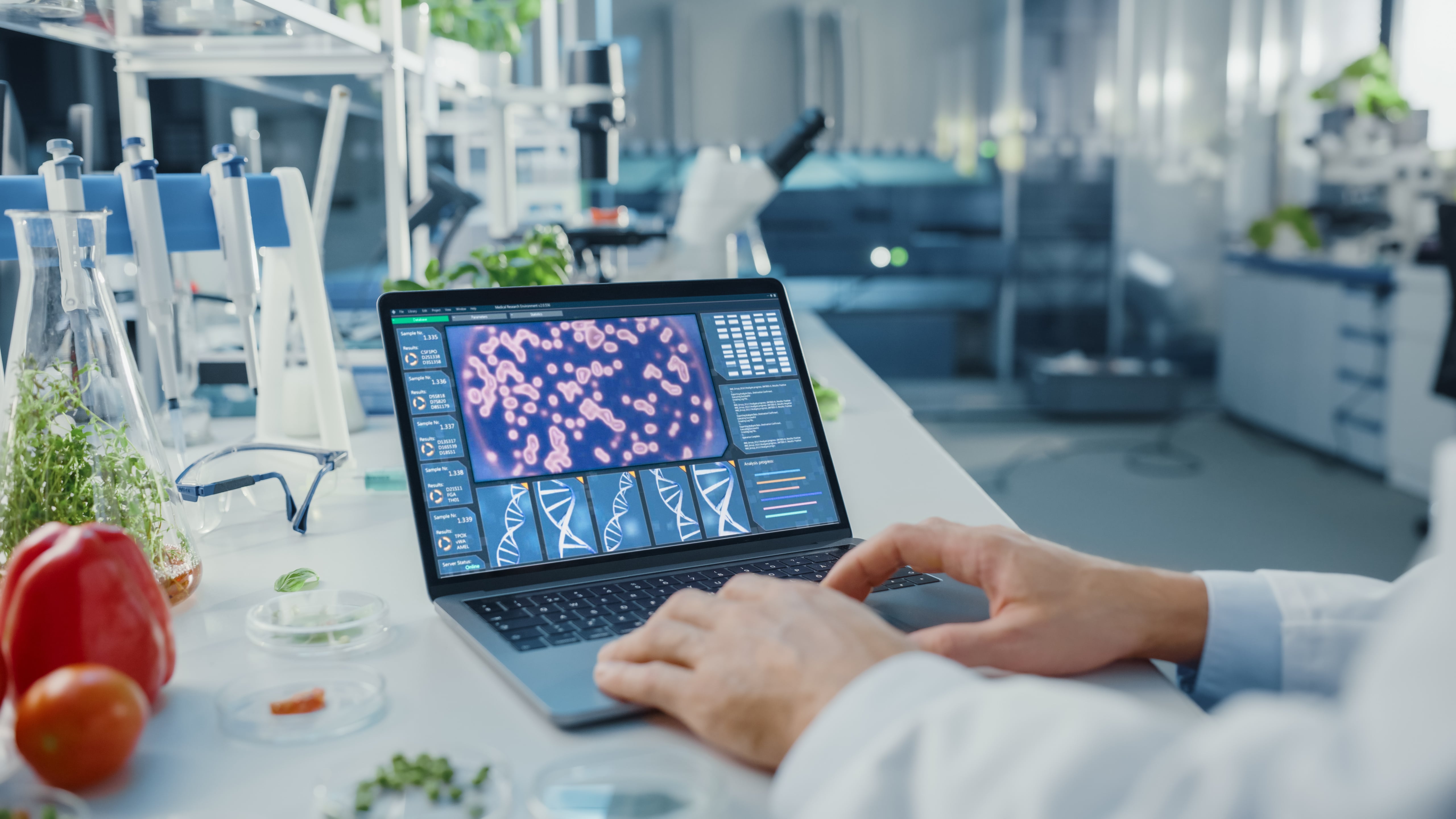
-min.png)
.gif)